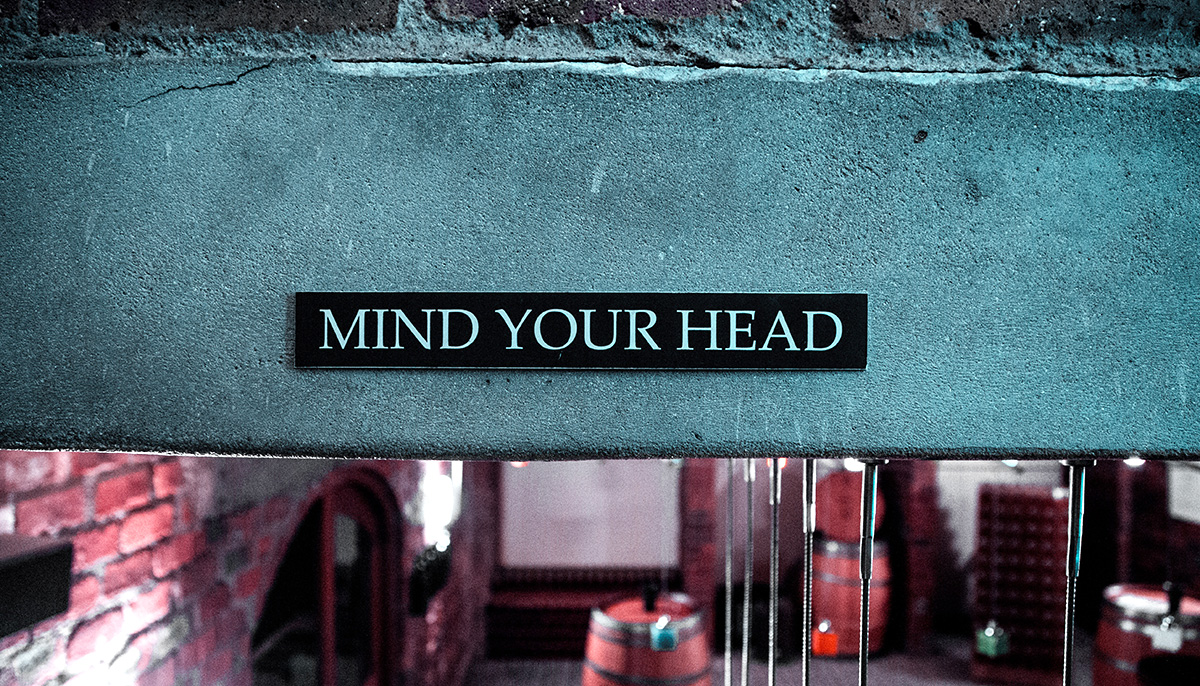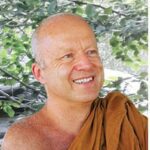Meditation is the most useful skill you can master. It can bring the mind to the end of suffering, something no other skill can do. But it’s also the subtlest and most demanding skill there is. It requires all the mental qualities involved in mastering a physical skill—mindfulness and alertness, persistence and patience, discipline and ingenuity—but to an extraordinary degree. This is why, when you come to meditation, it’s good to reflect on any skills, crafts, or disciplines you’ve already mastered so that you can apply the lessons they’ve taught you to training of mind.
As a meditation teacher, I’ve found it helpful to illustrate my points with analogies drawn from physical skills, and that a particularly useful comparison is strength training. Meditation is more like a good workout than you might have thought.
The Buddha himself noticed the parallels here. He defined the practice as a path of five strengths: conviction, persistence, mindfulness, concentration, and discernment. He likened the mind’s ability to beat down its most stubborn thoughts to that of a strong man beating down a weaker man. The agility of a well-trained mind, he said, is like that of a strong man who can easily flex his arm when it’s extended or extend it when it’s flexed. And he often compared the higher skills of concentration and discernment to the skills of archery, which—given the massive bows of ancient India—was strength training for the noble warriors of his day. These skills included the ability to shoot great distances, to fire arrows in rapid succession, and to pierce great masses—the great mass standing here for the mass of ignorance enveloping the untrained mind.
So even if you’ve been pumping great masses instead of piercing them, you’ve been learning some important lessons that will stand you in good stead as a meditator. Here are a few of the more important ones.
Read up on anatomy
If want to strengthen a muscle, you need to know where it is and what it moves if you’re going to understand the exercises that target it. Only then can you perform them efficiently.
In the same way, you have to understand the anatomy of the mind’s suffering if you want to understand how meditation is supposed to work. Read up on what the Buddha had to say on the topic and don’t settle for books that put you at the end of a game of telephone. Go straight to the source, the words of the Buddha himself. You’ll find, for instance, that the Buddha explained how ignorance shapes the way you breathe, and how that in turn can add to your suffering. This is why most meditation regimens start with the breath, and why the Buddha’s own regimen takes it all the way to nirvana. So read up to understand why.
Start where you are
Too many meditators get discouraged at the beginning because their minds won’t settle down. But just as you can’t wait until you’re big and strong before you start strength training, you can’t wait until your concentration is strong before you start sitting. Only by exercising what little concentration you have will you make it solid and steady. So even though you feel scrawny when everyone around you seems big, or fat when everyone else seems fit, remember that you’re not here to compete with them or with the perfect meditators you see in magazines. You’re here to work on yourself. Establish that as your focus and keep it strong.
Establish a regular routine
You’re in this for the long haul. We all like the stories of sudden enlightenment, but even the most lightning-like insights have to be primed by a long, steady discipline of daily practice. That’s because the discipline is what makes you observant, and being observant is what enables insight to see.
Don’t get taken in by promises of quick and easy shortcuts. Set aside a time to meditate every day and then stick to your schedule, whether you feel like meditating or not. Sometimes the best insights come on the days you least feel like meditating. Even when they don’t, you’re establishing strength of discipline, patience, and resilience that will see you through the even greater difficulties of aging, illness, and death. That’s why it’s called practice.
Aim for balance
The “muscle groups” of the path are threefold: virtue, concentration, and discernment. If any one of these gets overdeveloped at the expense of the others, it throws you out of alignment, and your extra strength turns into a liability.
Set interim goals
You can’t fix a deadline for your enlightenment, but you can keep aiming for a little more sitting or walking time, a little more consistency in your mindfulness, a little more speed in recovering from distraction, a little more understanding of what you’re doing. If you’re approaching meditation as a lifetime activity, you’ve got to have goals. You’ve got to want results. Otherwise the whole thing turns into mush, and you start wondering why you’re sitting here when you could be sitting at the beach.
Focus on proper form
Get your desire for results to work for you rather than against you. Once you’ve set your goals, focus not on the results but on the means that will get you there. It’s like building muscle mass. You don’t blow air or stuff protein into the muscle to make it larger. You focus on performing your reps properly, and the muscle grows on its own.
If, as you meditate, you want the mind to develop more concentration, don’t focus on the idea of concentration. Focus on allowing this breath to be more comfortable, and then this breath, this breath, one breath at a time. Concentration will then grow without your having to think about it.
Pace yourself
Learn how to read your pain. When you meditate, some pains in the body are simply a sign that it’s adapting to the meditation posture, others that you’re pushing yourself too hard. Learn how to tell the difference. The same principle applies to the mind. When the mind can’t seem to settle down, sometimes you need to push even harder and sometimes you need to pull back. Your ability to read the difference is what exercises your powers of wisdom and discernment.
Learn how to read your progress. Learn to judge what works for you and what doesn’t. You may have heard that meditation is non-judgmental, but that’s simply meant to counteract the tendency to prejudge things before they’ve had a chance to show their results. Once the results are in, you need to learn how to gauge them, to see how they connect with their causes so you can adjust the causes in the direction of the outcome you want.
Vary your routine
Just as a muscle can stop responding to a particular exercise, your mind can hit a plateau if it’s strapped to only one meditation technique. This is why the Buddha taught supplementary meditations to deal with specific problems as they arise. For starters, there’s goodwill for when you’re feeling down on yourself or the human race—the people you dislike would be much more tolerable if they could find genuine happiness inside, so wish them that happiness. There’s contemplation of the parts of the body for when you’re overcome with lust—it’s hard to maintain a sexual fantasy when you keep thinking about what lies just underneath the skin. And there’s contemplation of death for when you’re feeling lazy—you don’t know how much time you’ve got left, so you’d better meditate now if you want to be ready when the time comes to go.
When these supplementary contemplations have done their work, you can get back to the breath, refreshed and revived. So keep expanding your repertoire. That way your skill becomes all-around.
Don’t leave your strength in the gym
If you don’t use your strength in other activities, strength training simply becomes an exercise in vanity. The same principle applies to your meditative skills. If you leave them on the cushion and don’t apply them in everyday life, meditation turns into a fetish, something you do to escape the problems of life while their causes continue to fester.
The ability to maintain your center and to breathe comfortably in any situation can be a genuine lifesaver. It keeps the mind in a position where you can more easily think of the right thing to do, say, or think when your surroundings get tough. The people around you are no longer subjected to your greed, anger, and delusion. And as you maintain your inner balance in this way, it helps them maintain theirs. So make the whole world your meditation seat. You’ll find that meditation both on the big seat and the little seat will strengthen each other. At the same time, your meditation will become a gift both to yourself and to the world around you.
Never lose sight of your ultimate goal
Mental strength has at least one major advantage over physical strength: it doesn’t inevitably decline with age. It can keep growing up to and through the experience of death. The Buddha promises that it leads to the deathless state, and he wasn’t a man to make vain, empty promises.
So when you establish your priorities, make sure that you give more time and energy to strengthening your meditation than you do to strengthening your body. After all, someday you’ll be forced to lay down this body, no matter how fit or strong you’ve made it, but you’ll never be forced to lay down the strengths you’ve built into the mind.

